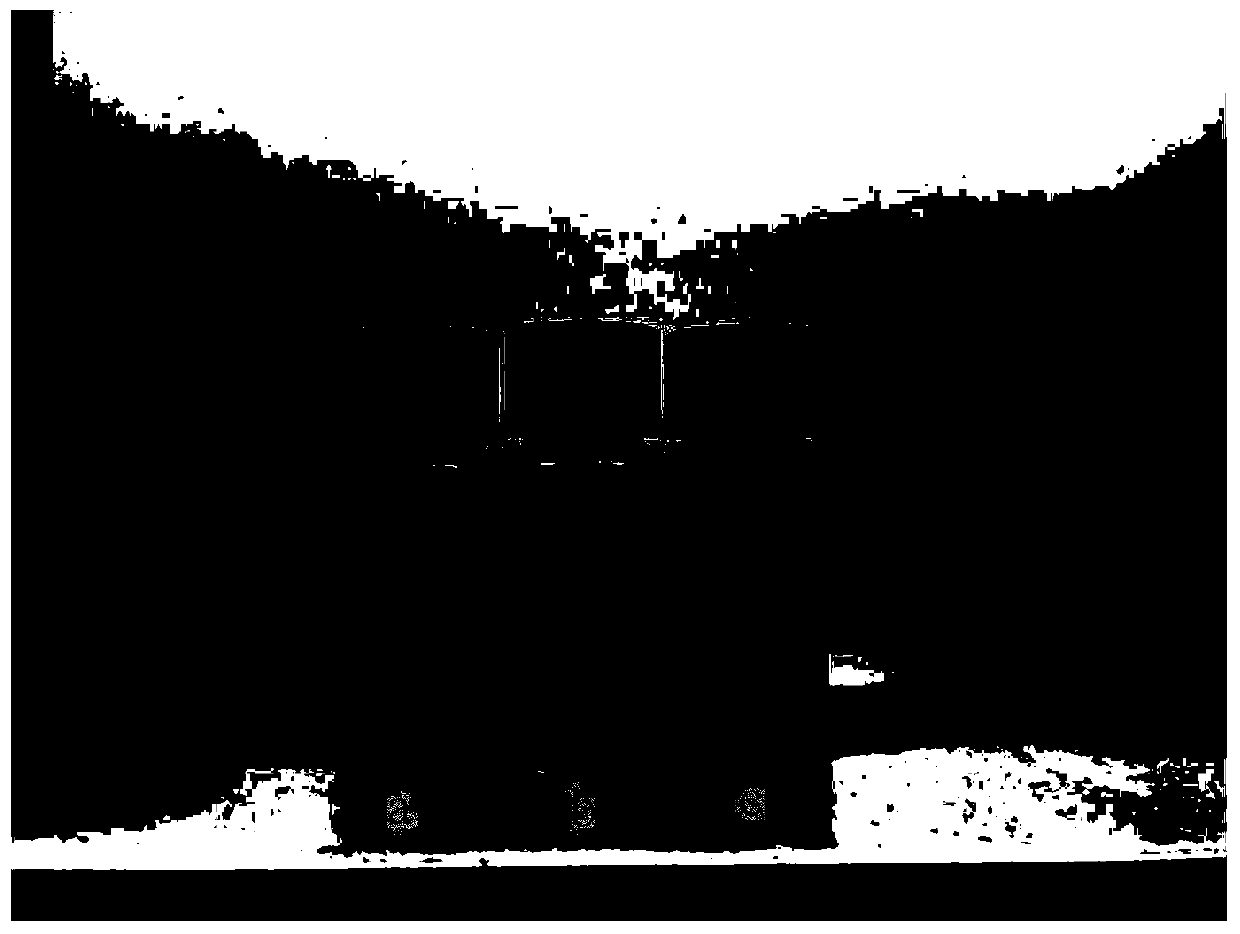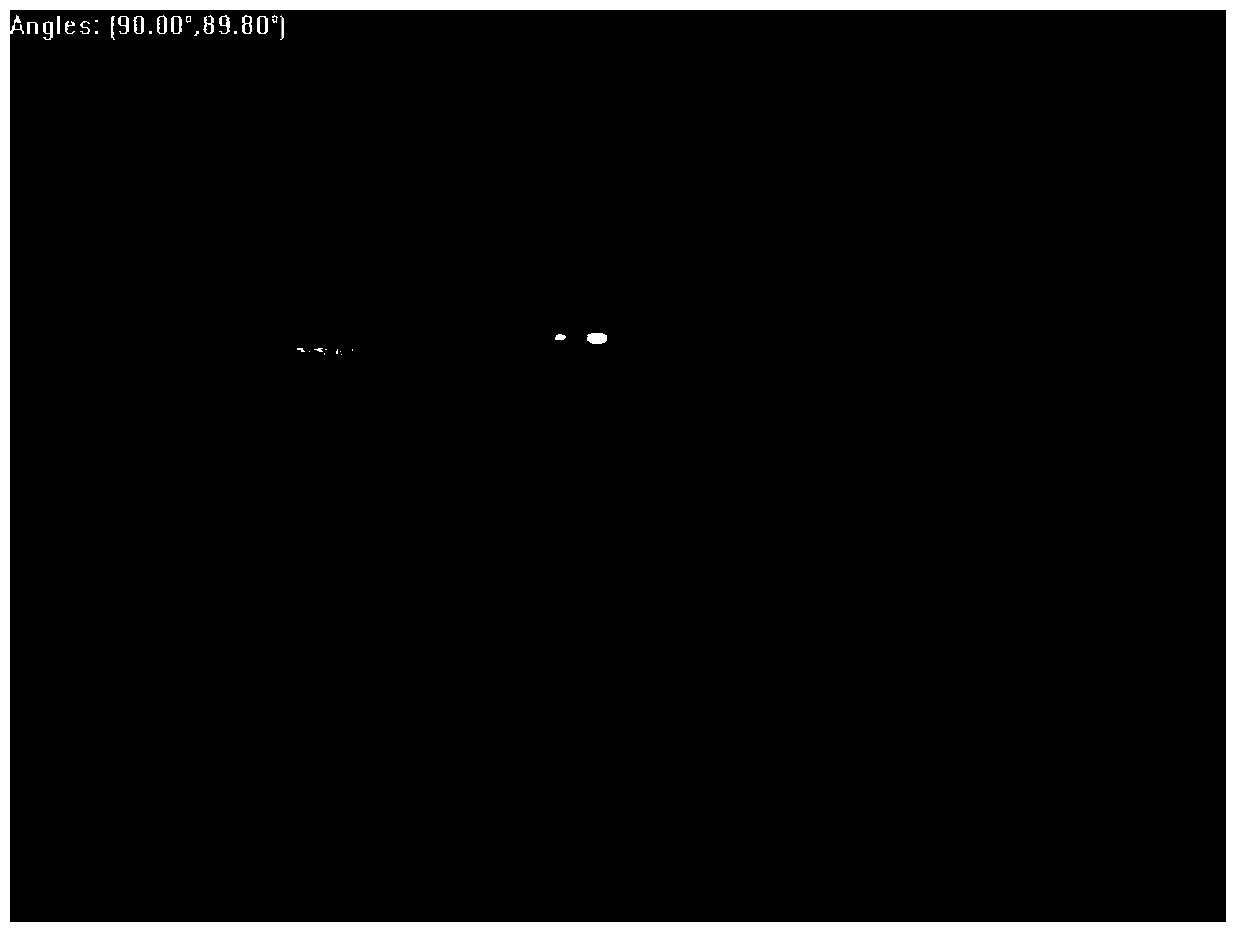A kind of nanoimprint photoresist and preparation method thereof
A technology of nanoimprinting and photoresist, which is applied in the field of material science and micro-nano processing, and can solve problems such as template damage, low surface energy, and pattern defects.
- Summary
- Abstract
- Description
- Claims
- Application Information
AI Technical Summary
Problems solved by technology
Method used
Image
Examples
Embodiment 1
[0074] Embodiment 1: Modified PMMA thermoplastic nanoimprint photoresist containing fluorinated graphite
[0075] The nanoimprint photoresist of this embodiment comprises the following components: 9.5 g of small organic molecule solvent, 0.5 g of thermoplastic resin, 0.0025 g of fluorinated graphite and 0.002 g of surfactant.
[0076] The preparation process of the nanoimprint photoresist in this embodiment is as follows: 0.5 g of PMMA was added to 9.5 g of toluene, mixed uniformly, and then ultrasonically treated for 10-20 min to obtain a stable solution. Add 0.0025g of fluorinated graphite and 0.002g of polyetheramine D230 dispersant to the solution filtered through a 0.45μm pore size filter, mix well, and then ultrasonically treat for 0.5h to 1h to obtain a stable fluorinated graphite. permanent PMMA nanoimprint photoresist.
[0077] figure 1 The substance in the reagent bottle indicated by the middle mark a is a photo of the modified PMMA thermoplastic nanoimprint photor...
Embodiment 2
[0078] Example 2: Modified UV-curable nanoimprint photoresist containing fluorinated graphite
[0079] The nanoimprint photoresist of this embodiment includes the following components: 8.5 g of small organic molecule solvent, 1.5 g of photocurable resin, 0.1 g of photoinitiator, 0.0025 g of fluorinated graphite and 0.002 g of surfactant.
[0080] The preparation process of the nanoimprint photoresist in this embodiment is as follows:
[0081] Weigh 8.5g of diacetone alcohol and 1.5g of acrylate, mix well, stir at 35°C for 30min to obtain a transparent solution, add 0.1g of 2-phenylbenzyl-2-dimethylamine-1-(4- The morpholine (benzylphenyl) butanone was stirred until dissolved. After filtering the solution with a pore size filter of 0.2 μm, add 0.0025 g of fluorinated graphite and 0.002 g of D230, mix evenly, and ultrasonically treat for 0.5 to 1 hour to obtain a stable modified UV-curable nano-imprint adhesive containing fluorinated graphite.
[0082] figure 1 The substance ...
Embodiment 3
[0083] Example 3 Modified PMMA thermoplastic nanoimprint photoresist containing oxidized graphite fluoride
[0084] The nanoimprint photoresist of this embodiment comprises the following components: 9.5 g of small organic molecule solvent, 1.5 g of thermoplastic resin, 0.0025 g of oxidized graphite fluoride and 0.002 g of surfactant.
[0085] The preparation process of the nanoimprint photoresist in this embodiment is as follows:
[0086] Add 0.5g PMMA to 9.5g toluene, mix well and then ultrasonically treat for 10-20min to obtain a stable solution. Add 0.0025g of oxidized graphite fluoride and 0.002g of polyetheramine D230 dispersant to the solution filtered through a 0.45μm pore size filter, mix well and then ultrasonically treat for 0.5-1h to obtain a stable oxidized fluorinated graphite Modified PMMA nanoimprint photoresist.
[0087] figure 1 The substance in the reagent bottle indicated by the middle mark b is a photo of the modified PMMA thermoplastic nanoimprint photo...
PUM
 Login to View More
Login to View More Abstract
Description
Claims
Application Information
 Login to View More
Login to View More - R&D
- Intellectual Property
- Life Sciences
- Materials
- Tech Scout
- Unparalleled Data Quality
- Higher Quality Content
- 60% Fewer Hallucinations
Browse by: Latest US Patents, China's latest patents, Technical Efficacy Thesaurus, Application Domain, Technology Topic, Popular Technical Reports.
© 2025 PatSnap. All rights reserved.Legal|Privacy policy|Modern Slavery Act Transparency Statement|Sitemap|About US| Contact US: help@patsnap.com



